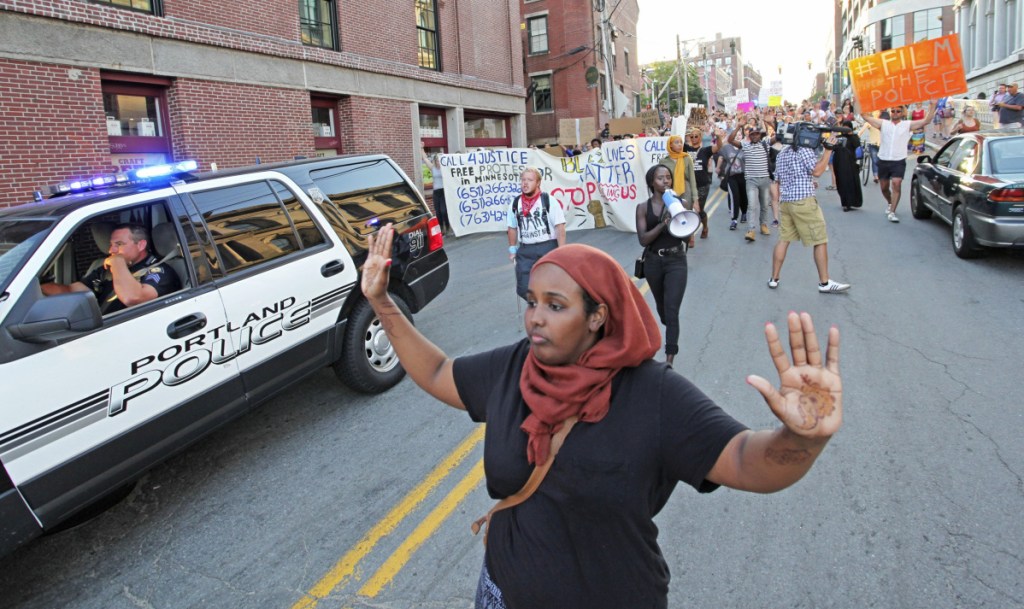We study history not only to learn what happened in the past, but also to see how our past informs our present.
In the case of slavery, though, it appears we are comfortable only with how it ended, not with how its reverberations are felt today.
Too many Americans see slavery as a fixture of our early republic, not a part of the foundation the country still rests upon. That starts in school, where it seems slavery and the racism that gave birth to it are presented as challenges we’ve overcome, not the parents of problems we still grapple with.
“Teaching Hard History: American Slavery,” a new report from the Southern Poverty Law Center, shows how students often get the “Disney version” of slavery, which highlights heroes such as Harriet Tubman and Frederick Douglass while avoiding the hard truths of an institution that brutalized and dehumanized millions of people.
The reason should be familiar to anyone who has watched the recent disputes over Black Lives Matter and the NFL protests. When asked to contend with the institutional racism apparent in the United States, white Americans often become defensive and uncomfortable, as if it is personal. Listening stops, positions harden, and nothing changes.
That flinching reaction is apparent in textbooks, which the report found are far too timid in their portrayal of slavery. They treat it as something separate, a plague that fell over the country for a time, then was eradicated.
There is little mention of how integral slavery was to the economy and thus to the country’s success. They don’t teach how protections for slave owners were written into the Constitution, our founding document, or how white supremacy – the idea that blacks are inherently inferior – was used to justify slavery, and how it has permeated our culture ever since.
Teachers, too, often find it difficult to talk about slavery in the terms that it demands. When faced with evidence that people have been treated horribly based on nothing but the color of their skin, and that our history is not always the story of good winning out over bad, students shut down.
“I find it painful, and embarrassing (as a white male) to teach about the history of exploitation, abuse, discrimination and outrageous crimes committed against African Americans and other minorities, over many centuries – especially at the hands of white males,” a teacher from Maine says in the report. “I also find it very difficult to convey the concept of white privilege to my white students. While some are able to begin to understand this important concept, many struggle with or actively resist it.”
That should sound familiar to anyone who has tried to have an honest discussion about race. It is nearly impossible to point out the clear inequities in wealth, employment and incarceration – to mention just a few areas – without touching a raw nerve. People say that they themselves aren’t racist, or that they have challenges too. They say the country elected a black president. Worse, they question the motives of those who point out where the country has, and continues to, fall short of its principles.
The inability to confront these wrongs has caused a fissure in our society. The only way to fix it is to give young Americans the tools to talk frankly about how we got here. As one teacher quoted in the report says of her students, “It is 100 percent not their fault that there is racism in this country. It will be their fault if they don’t do anything about it in the next 20 years.”
Send questions/comments to the editors.


